Top 8 Tourist Destinations in Portugal to Visit in 2020
ALMEIDA
Admitted to the need to modernize the obsolete medieval structures, after the Restoration, he worked to build a renewed war machine that could adapt to the new firearms, allowing it to seal the border. The Fort Square is of hexagonal plan, consisting of six bastions, which correspond to the same number of revelins.
Reguengos de Monsaraz
Alentejo city, home of a markedly agricultural county, framed in the magnificent Alentejo plain and in the blue of Albufeira do Alqueva, Reguengos de Monsaraz is famous above all for the quality of the wine produced in this region.
The history of Reguengos de Monsaraz is mixed with that of Monsaraz, one of the most important villages in the county, and one of the most beautiful in the Alentejo and in the country.
This is a region of ancient human occupation, and within its limits are numerous Paleolithic vestiges that confirm and existence of cultures of another time.
Mourao
Without major historical references until the Christian reconquest of the Iberian Peninsula, it is known that, after passing into Portuguese rule, was handed over to the Order of Hospitallers, and during the Middle Ages and the War of the Restoration was the scene of violent episodes among Portuguese forces. and the Castilians.
Vila Nova de Milfontes
From an early age nicknamed Princess of Alentejo, Vila de Milfontes is a small Alentejo village with many attractions.
Situated in the municipality of Odemira (Alentejo), at the mouth of the river Mira, in the Southwest Alentejo and Vicentine Coast Natural Park, Vila Nova de Milfontes is a fishing village with a strong connection to the sea which gives it an unparalleled natural beauty.
Its vast and beautiful deserted beaches, crystal clear waters and golden dunes are the ex-libris of the region.
Peneda-Gerês National Park
Peneda-Gerês National Park is in northern Portugal, near the Spanish border. Its rugged hills are home to deer, wolves and golden eagles. The trails include a Roman road full of landmarks. The 7th-century Geres spa is nearby. Lindoso is a traditional parish with a medieval castle and stone granaries. To the north, the 19th-century Sanctuary of Our Lady of Peneda sits at the top of a huge staircase.
Tavira
Tavira is spread over both banks of the river, in an intricate of narrow streets and white houses that one feels like hurrying through. The Bandstand Garden is the most lively area where many people stroll savoring an ice cream or fresh air, especially at night when shows or other events also give more life to this area. This is where the Ribeira Market is located, which after abandoning its original functions is now a space of entertainment and leisure.
The oldest bridge, believed to be of Roman origin, is a 17th century structure with walled railings from which we enjoy a beautiful view of the houses. Not as much as we can contemplate climbing the Castle Tower, undoubtedly the best viewpoint in the city, spanning the rolling roofs, the domes of the churches, the river and the salt flats, all the way to the blue line of the sea that is its limit on the horizon.
Real Village
Vila Real is a Portuguese city and capital of the Vila Real District, located in the Northern and Douro Subregions and in the former province of Trás-os-Montes and Alto Douro, with about 30 000 inhabitants in its urban perimeter. It is capital of the traditional province of Trás-os-Montes and Alto Douro
Outros Artigos Populares no Blogue
-
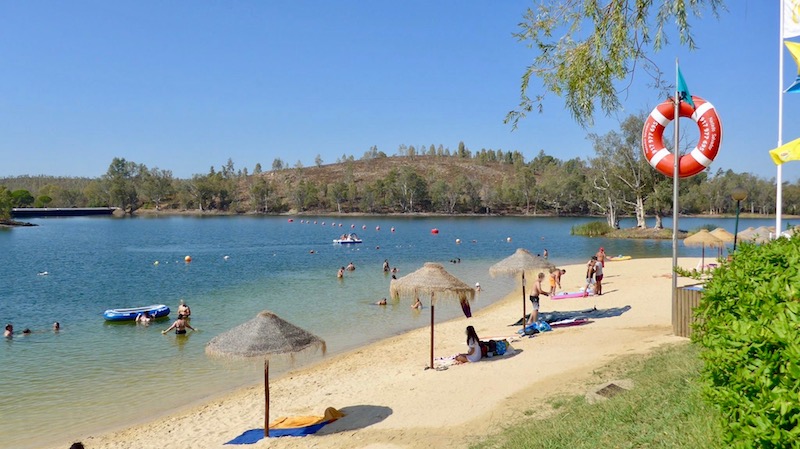

Alentejo River Beach voted the best in Europe Portugal
Tapada Grande River Beach in the São Domingos Mine, Mértola municipality, was elected for the first time the best European destination i... -


14 places not to be missed in Porto Portugal
Portos charms abound, and the laid-back vibe of the city gives travelers to Europe a much-needed relief from the museums-filled cities and faster site... -
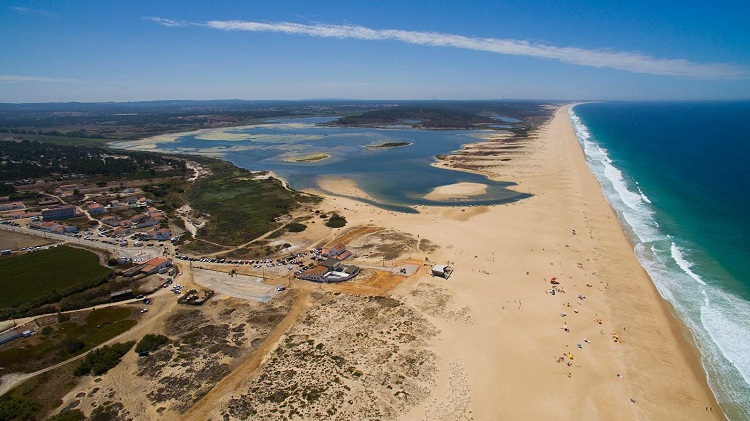

7 beaches to know in south Portugal cost Alentejo
The Alentejo coast is magical and wild. We want to share some of the many beaches we discovered along the Alentejo. 1. Galapinhos Beach ... -


The 3 most beautiful funicular lifts in Lisbon Glória Bica and Lavra
There are 3 lifts and 1 elevator, which were classified as National Monuments Lavra Lift The Lavra Lift was inaugurated in ... -
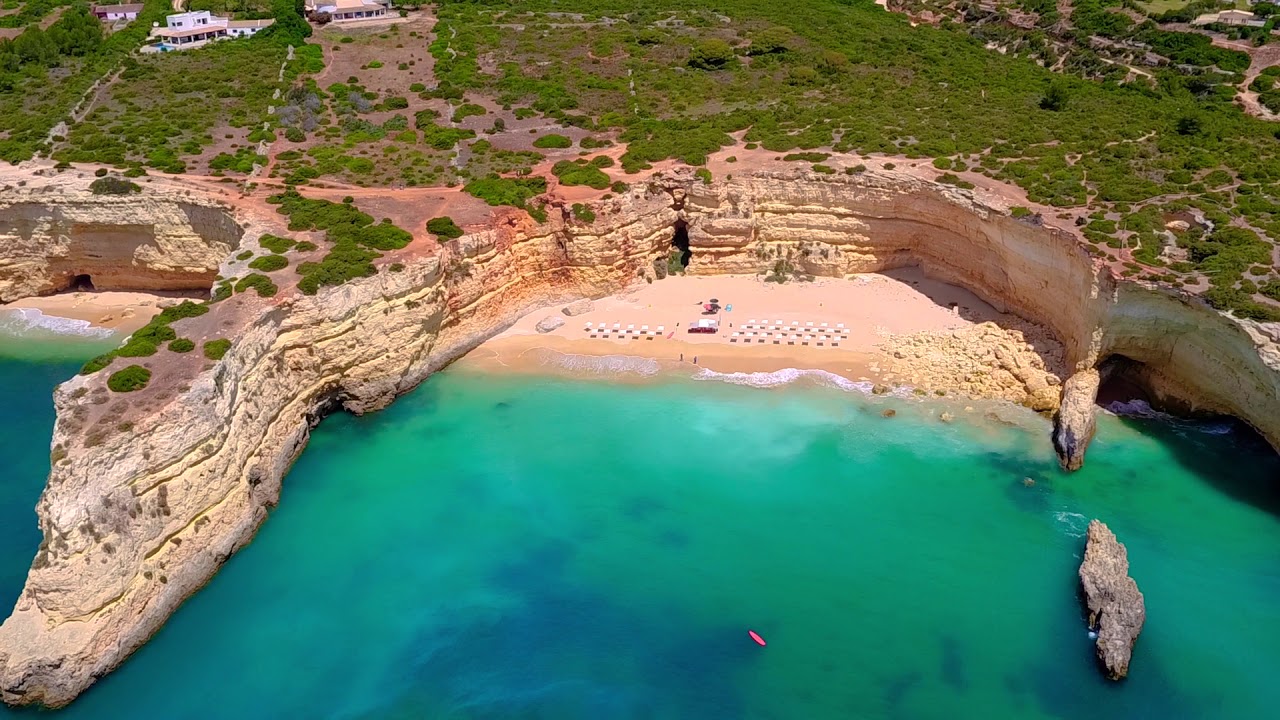

7 Valleys Trail on the cliffs of Lagoa elected the best in Europe Algarve Portugal
The Seven Hanging Valleys of Lagoa, Algarve, were voted “The Best Hiking Destination in Europe” in a ranking promoted by European Best Des... -
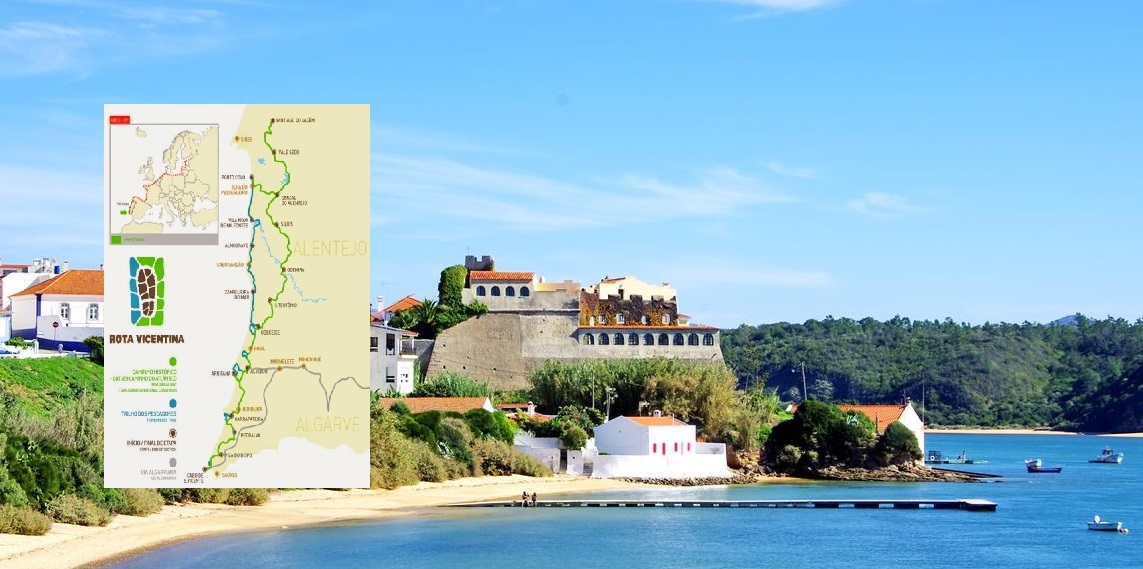

Vicentina Route in Portugal the best walking trails in Europe complete guide
This is the first time a Western European rail has been awarded Leading Quality Trails - Best of Europe certification. The Vincentina Route Historic ... -
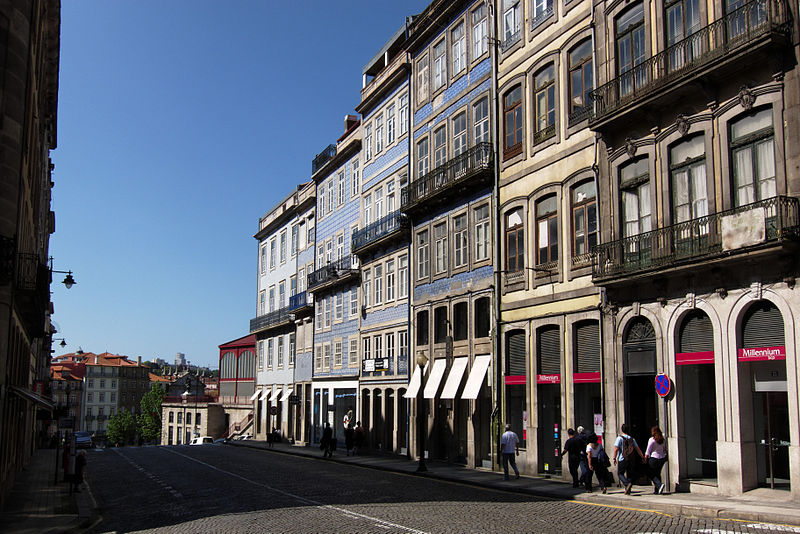

Rua da Mouzinho da Silveira visits the old city of Porto streets
One of the most important, long and wide of the old city of Porto streets near the river port is known as Rua da Mouzinho da Silveira. This stree... -
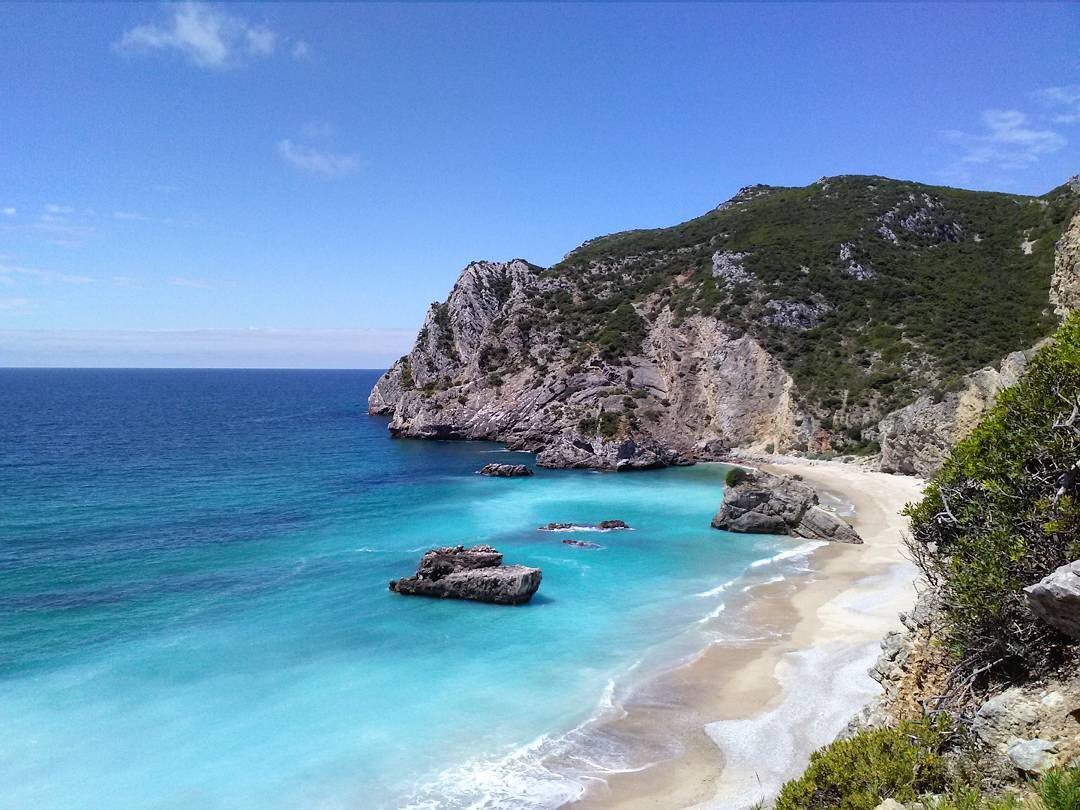

This paradise in Sesimbra Ribeira do Cavalo beach is one of Portugals best kept secrets
Ribeira do Cavalo Beach is a wild beach located very close to the village of Sesimbra in the west. Unsupervised beach with no support conditions ...
